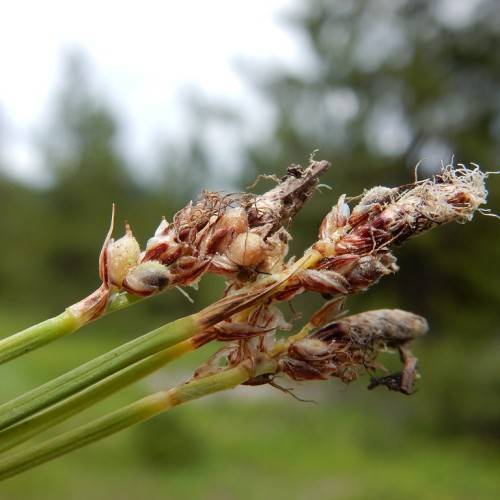
Northwestern Sedge
Carex concinnoides
Watering:
Minimal
Hardiness Zone:
Flowers:
Flowers
Sun:
Sun, Partial Shade
Soil:
Clay, Sand
Leaf:
Yes
Growth Rate:
Low
Drought Tolerant:
Yes
Salt Tolerant:
Yes
Invasive:
Yes
Care Level:
Medium
watering
Bristly Sedge plants should be watered approximately once a week, enough to dampen the soil but not to saturate it. As the weather warms, you may find that you need to water your Bristly Sedge a little more frequently, if the soil dries out quicker. During the hottest summer months, it is a good idea to water your Bristly Sedge twice a week to ensure that the soil does not become overly dry. During the winter, water less frequently, only when the soil has become very dry.
sunlight
Bristly Sedge prefers full sun to partial shade and prefers moist, fertile soils. It grows well in wet areas and can tolerate brief periods of flooding or standing water. The plant does best in areas that receive 5 to 8 hours of sunlight daily, ideally in the morning or early afternoon. Bright afternoon sunlight can cause sizzling and burning of the leaves, so it's best to avoid it. This plant species can also tolerate some shade, but won't perform as well with less than 4 hours of direct sunlight daily.
pruning
Bristly Sedge should be pruned twice a year, at least 1 month before the start of spring and fall. Pruning is important to encourage the plant to remain densely branched and more compact. Initially, prune off 1/3 of the outermost growth to shape the plant. This will also direct the outward growth of the plant, while creating more growing space in the center. During the spring and fall pruning sessions, trim off the dead and brown stems, and any stems that have become stretched or leggy. Be sure to take only a few inches off the top of the stems and leave the shorter stems at the base of the plant. By pruning just 2 times a year, your Bristly Sedge plant will maintain the desired shape and remain thick and full.
